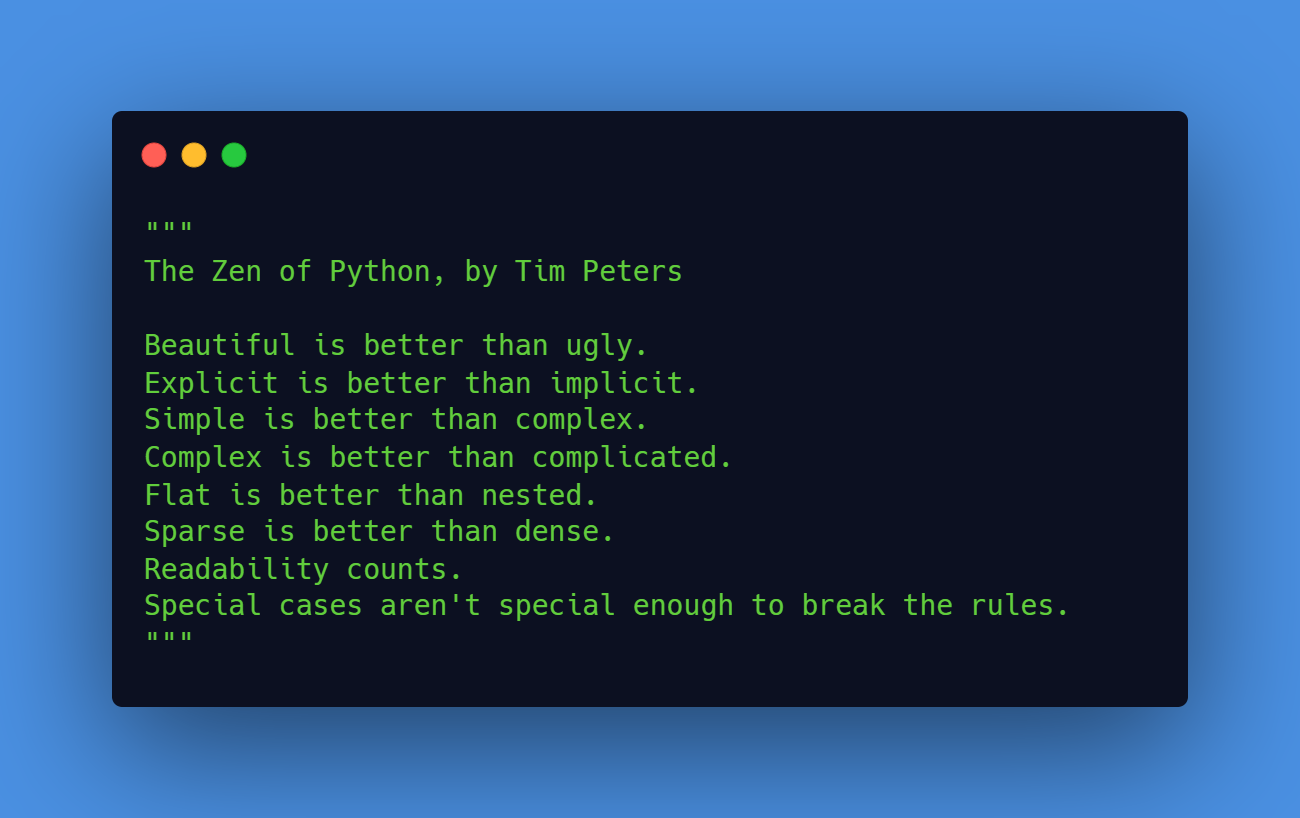In this article, we’ll be exploring the built-in os.getenv() function, which allows you to retrieve the value of an environment variable in your operating system.
What are Environment Variables?
Before diving into the specifics of os.getenv(), let’s first define what environment variables are.
In general, environment variables are key-value pairs that are stored in your operating system and can be accessed by various programs and scripts. These variables can store a wide range of information, such as file paths, username, and even API keys.
One of the main benefits of using environment variables is that they allow you to separate certain values from your codebase. This can be especially useful when working with sensitive information, as you don’t have to hardcode these values into your code. Instead, you can store them in environment variables and access them as needed.
Using os.getenv()
Now that you have a basic understanding of environment variables, let’s take a look at how to use os.getenv() to retrieve their values.
To use os.getenv(), you simply need to pass in the name of the environment variable as a string argument. For example:
import os
api_key = os.getenv("API_KEY")
Code language: JavaScript (javascript)This will retrieve the value of the API_KEY environment variable and store it in the api_key variable.
It’s important to note that os.getenv() will return None if the specified environment variable does not exist. To handle this case, you can use an if statement to check if the returned value is None, and take appropriate action if necessary.
import os
api_key = os.getenv("API_KEY")
if api_key is None:
# API key not found, handle error or provide default value
pass
Code language: PHP (php)You can also use the os.getenv() function with a default value as a second argument. This allows you to specify a value that will be returned if the specified environment variable does not exist.
import os
api_key = os.getenv("API_KEY", "DEFAULT_VALUE")
Code language: JavaScript (javascript)In this case, if the API_KEY environment variable does not exist, the api_key variable will be set to "DEFAULT_VALUE".
Setting Environment Variables
In addition to retrieving environment variables, you may also need to set them in your operating system. The process for doing this will vary depending on your operating system and the method you prefer to use.
One common method for setting environment variables is to use the command line. On Windows, you can use the set command to set a new environment variable or update the value of an existing one. For example:
set API_KEY=your_api_key_value
Code language: JavaScript (javascript)On macOS and Linux, you can use the export command to set an environment variable. For example:
export API_KEY=your_api_key_value
Code language: JavaScript (javascript)It’s also possible to set environment variables using a configuration file or by modifying the system settings. The exact method for doing this will depend on your operating system and the tools available to you.
Best Practices for Working with Environment Variables
As a junior developer, it’s important to keep in mind some best practices when working with environment variables:
- Keep sensitive information separate from your codebase: As mentioned earlier, one of the main benefits of using environment variables is that they allow you to store sensitive information separate from your codebase. This can help protect against accidental exposure of sensitive information.
- Use descriptive names for your environment variables: Using descriptive names for your environment variables can make it easier to understand their purpose and use. Avoid using abbreviations or acronyms that may not be immediately clear to others.
- Use default values for optional environment variables: In some cases, you may have optional environment variables that are not required for your code to function. In these cases, it’s a good idea to provide a default value for these variables so that your code can still run if the environment variable is not set.
- Use appropriate methods for setting environment variables: As mentioned earlier, there are various methods for setting environment variables, including the command line, configuration files, and system settings. Choose the method that is most appropriate for your needs and use it consistently to ensure that your environment variables are set correctly.
Conclusion
In summary, os.getenv() is a useful function for retrieving the value of an environment variable in your operating system.
By using environment variables, you can store sensitive information separate from your codebase and access it as needed.

Leave a Reply